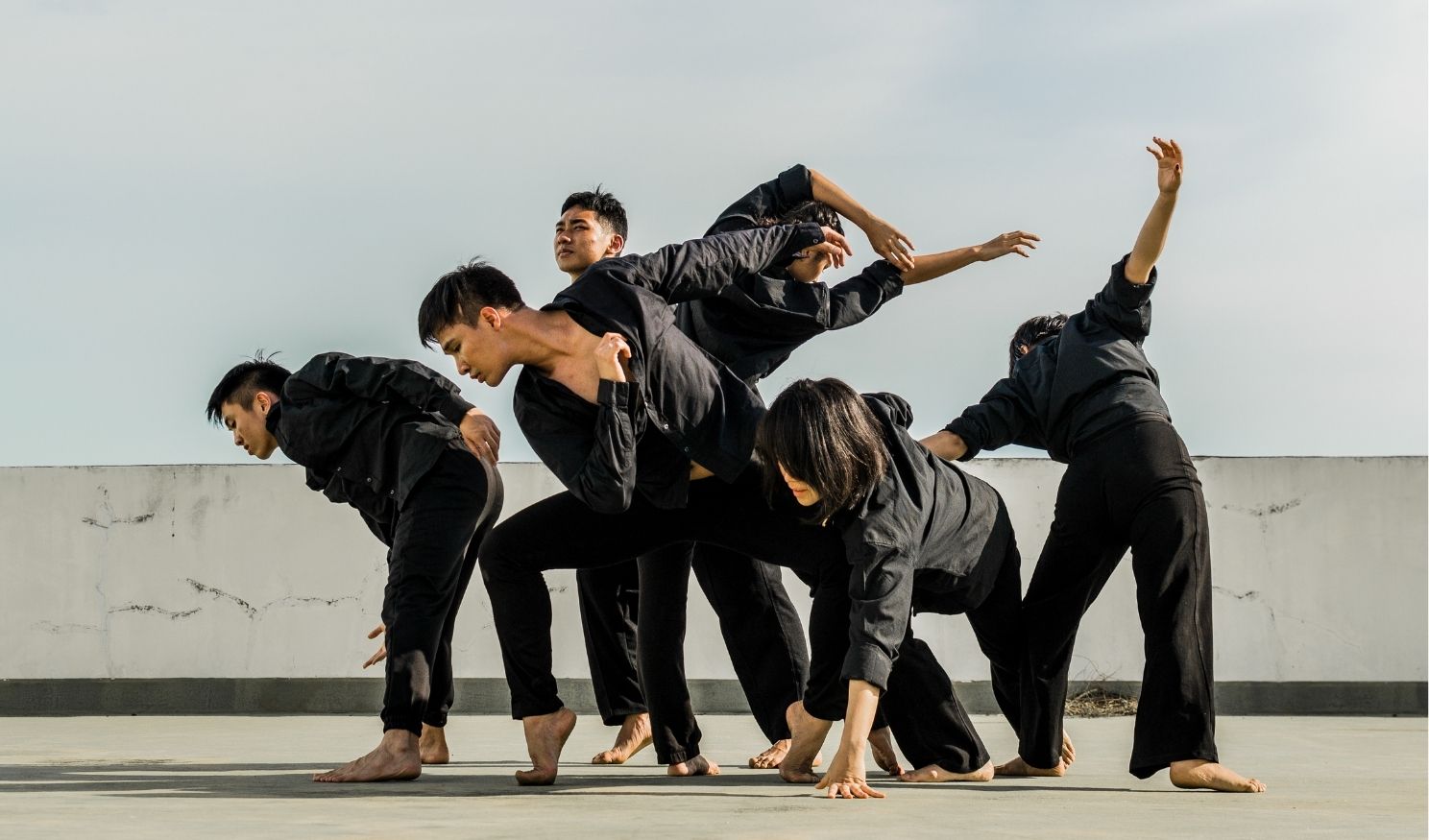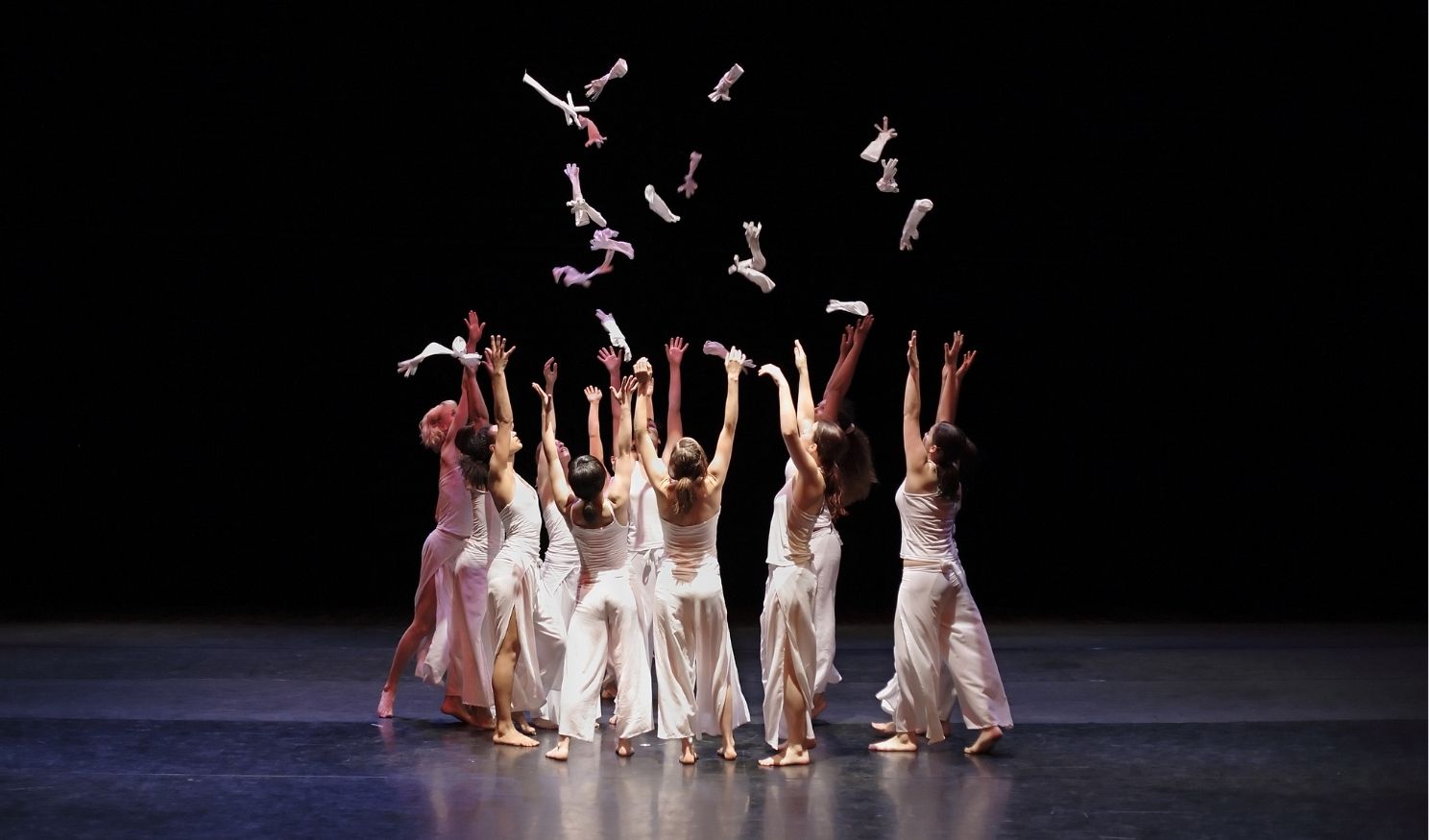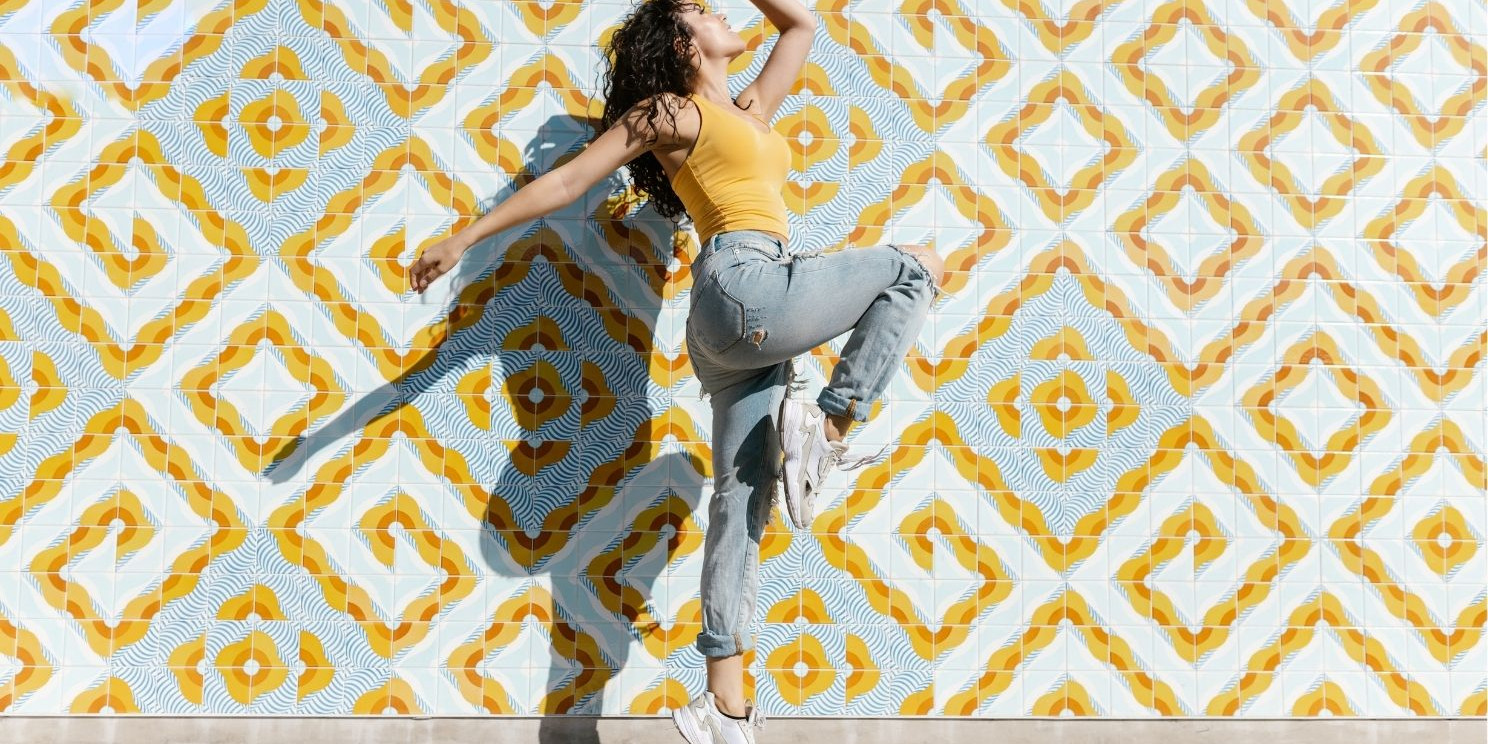Modern dance is not just an art form it’s a language. One that refuses to be censored, confined, or co-opted. From its inception, modern dance has served as a tool of defiance and liberation, giving those pushed to the margins of society a way to move and be seen with power and purpose.
In 2025, as conversations around identity, equity, and representation dominate public discourse, modern dance continues to serve as a dynamic platform for amplifying the stories of the underrepresented.
Dance as Defiance: A Historical Foundation
Modern dance emerged as a rejection of classical ballet’s elitist structures and aesthetic constraints. Pioneers like Isadora Duncan, Katherine Dunham, and Pearl Primus redefined movement as political, personal, and deeply tied to identity.
- Duncan defied gender norms.
- Dunham centered Black culture on concert stages.
- Primus fused anthropology and African traditions into formal choreography.
“Modern dance has always given voice to the unheard—because the body does not lie.”
These choreographers understood early on that movement could convey what words could not, especially for those denied access to mainstream platforms.
Who Are the Marginalized in Dance?
- People of colour
- Queer and trans dancers
- Dancers with disabilities
- Working-class or non-institutionally trained performers
- Bodies that fall outside Eurocentric standards of beauty or technique
Modern dance opens the floor to these voices—not as token gestures but as architects of new aesthetics, new stories, and new vocabularies.

How Modern Dance Creates Space for Inclusion
1. Rejecting Codified Perfection
Where ballet prioritises verticality, symmetry, and purity, modern dance thrives on asymmetry, weight, and groundedness. It does not require a specific body type or a traditional résumé. This makes it inherently more accessible and adaptable.
2. Embracing Storytelling and Personal Narrative
Choreographers often build modern dance works from lived experience—grief, migration, queerness, trauma, resilience. Movement becomes a means of processing and broadcasting identity.
3. Valuing Authenticity Over Technique
Modern dance values truth of motion over technical perfection. A dancer’s authenticity—how deeply they embody their story—often matters more than their pirouettes.
4. Blending Disciplines and Cultures
Modern dance frequently incorporates music, spoken word, film, ritual, and social dance—many of which are rooted in marginalized cultural traditions that classical Western forms have historically excluded.
“To move without apology is a political act for any body the world has tried to erase.”
Leading Voices Using Dance as Resistance
- Sean Dorsey – One of the first prominent transgender choreographers in modern dance. His work fuses LGBTQ+ history with poetic movement.
- Axelrod Collective – A queer, POC-led dance theatre ensemble using body-based performance to challenge cultural erasure.
- Alice Sheppard – A disabled choreographer who uses wheelchair-based movement to redefine virtuosity and accessibility in dance.
- Sankofa Dance Theater – Rooted in African diasporic tradition, their work centers intergenerational Black narratives and social healing.
The Power of Representation in the Studio and Onstage
Representation is not only about who gets to perform—it’s about:
- Who gets trained
- Who gets funded
- Who gets reviewed
- Who choreographs
- Who directs the narrative
Modern dance, when committed to equity, decentralizes power and redistributes visibility.

Final Thoughts: Liberation Is a Full-Body Movement
At its core, modern dance is about choice how to move, when to move, and why. For marginalized dancers, that choice becomes an act of reclamation. Every step, contraction, fall, and reach becomes a form of self-determination.
At Dance Liberation Network, we believe movement is a tool for justice, not just aesthetics. We are committed to building stages literal and metaphorical where all bodies and stories are honored.




